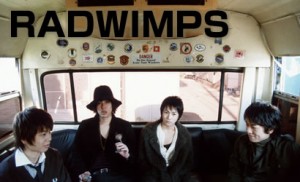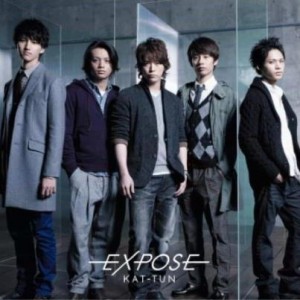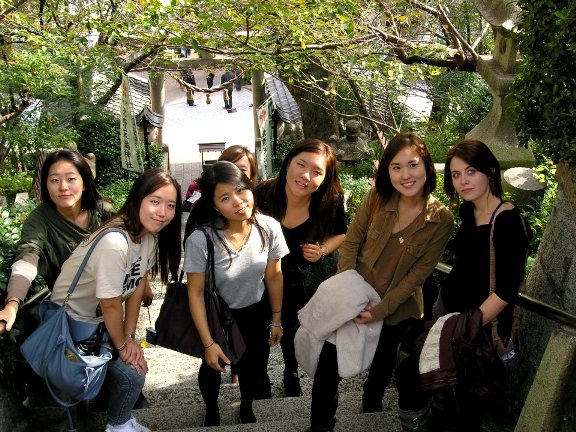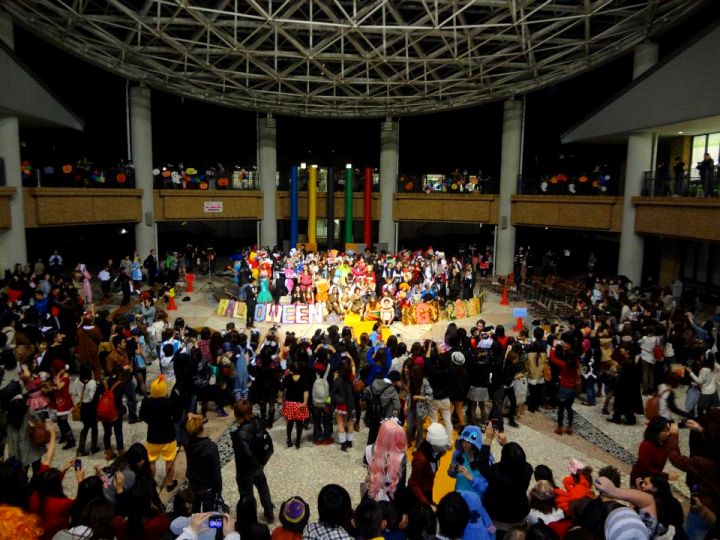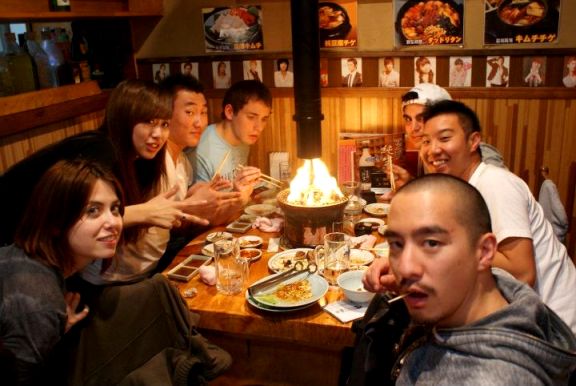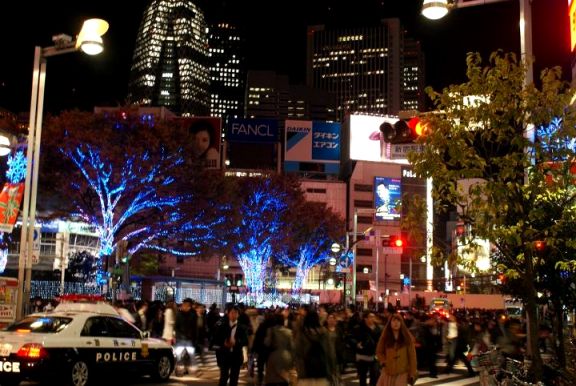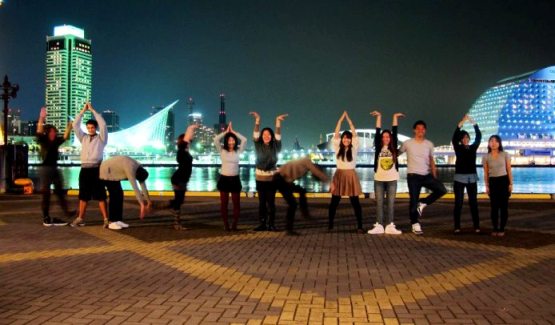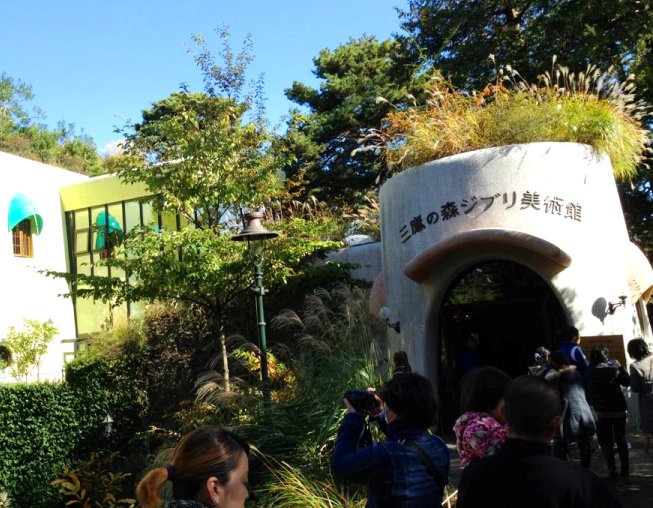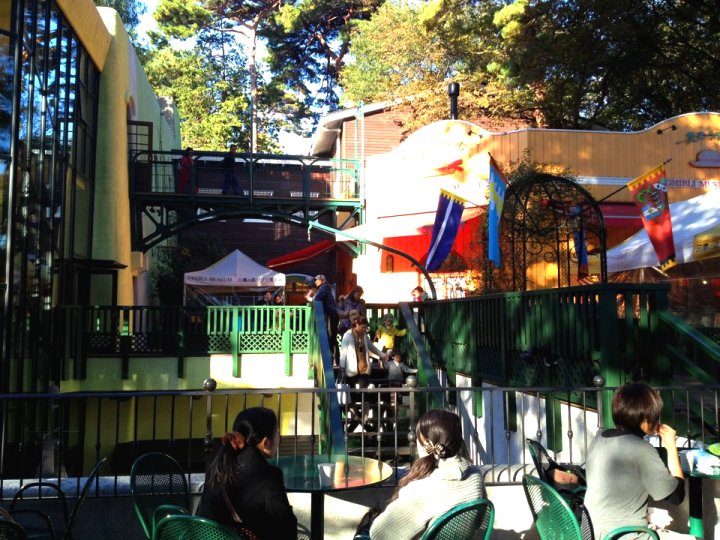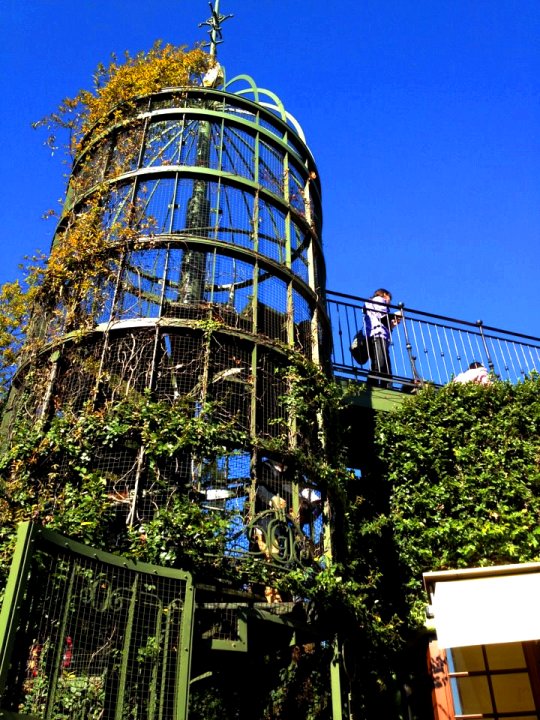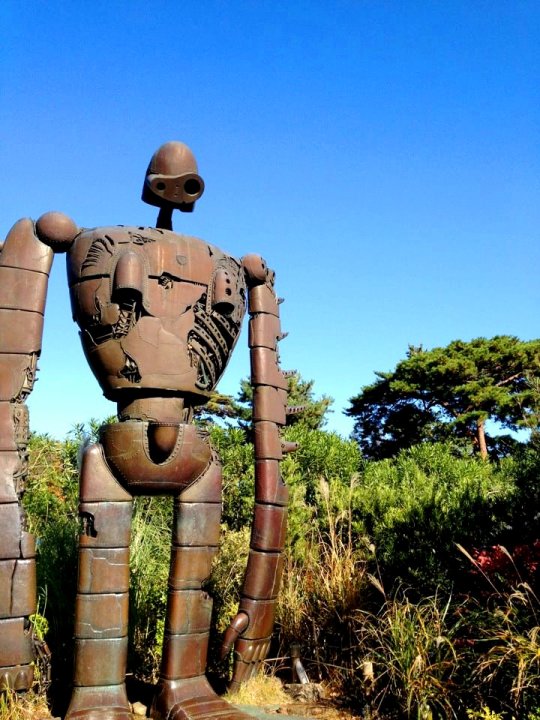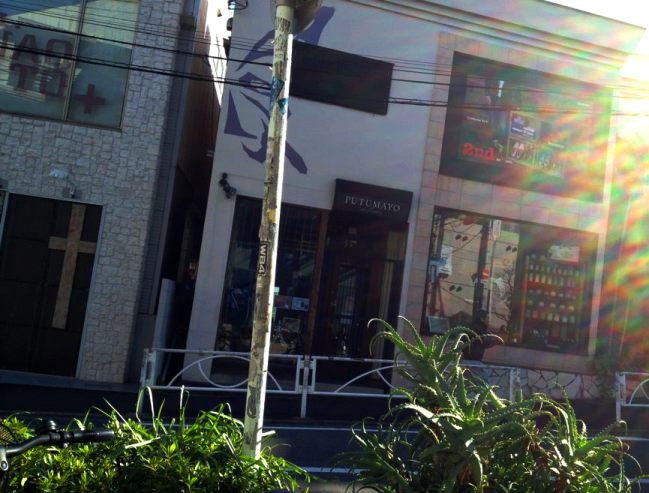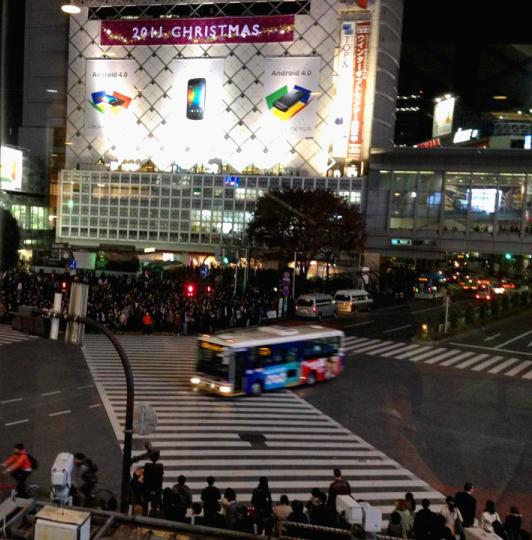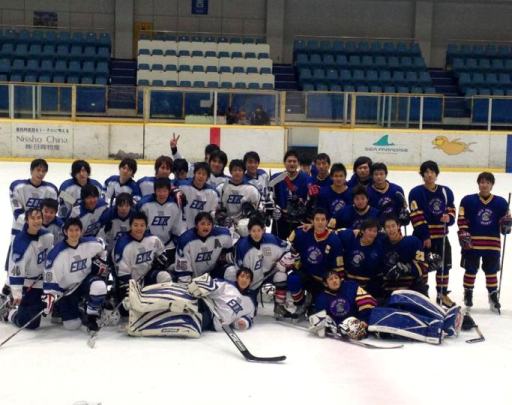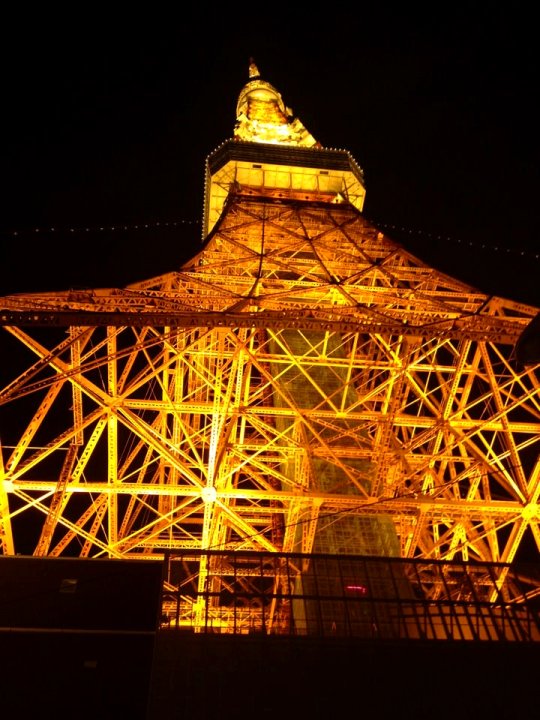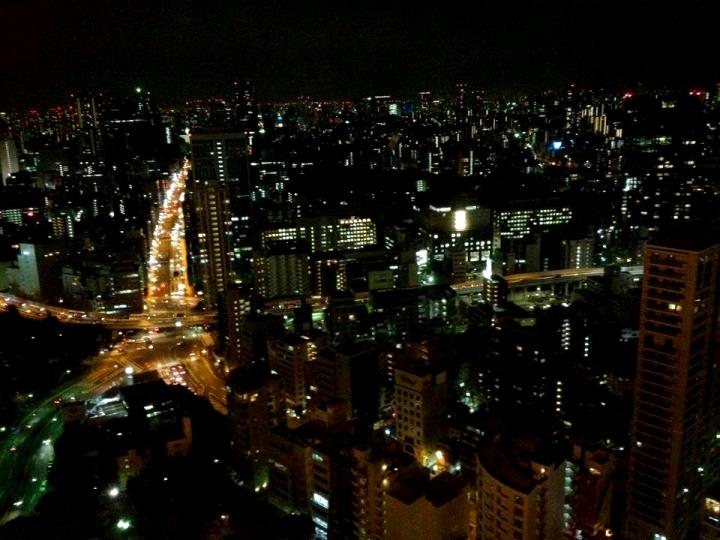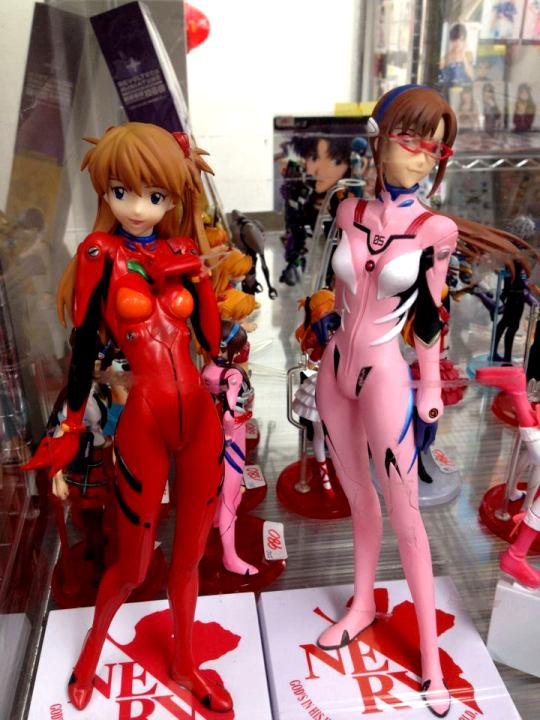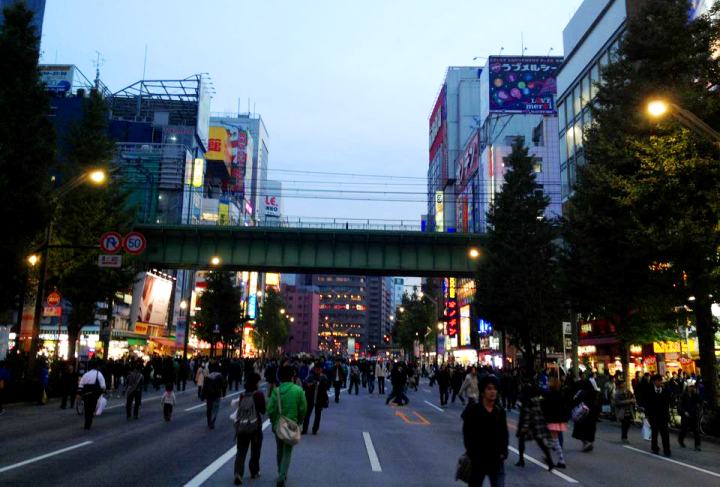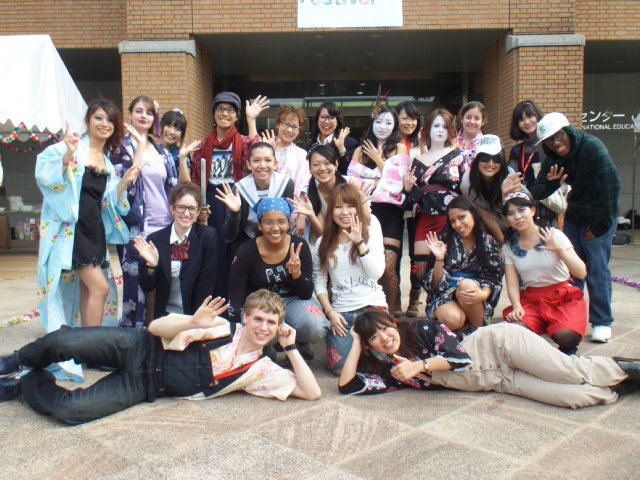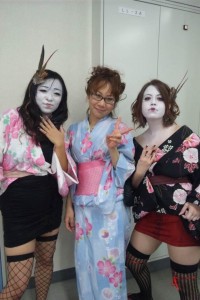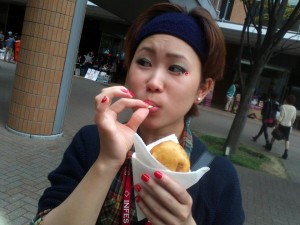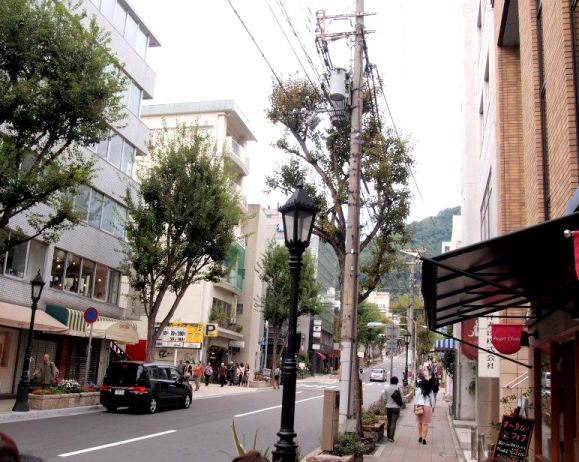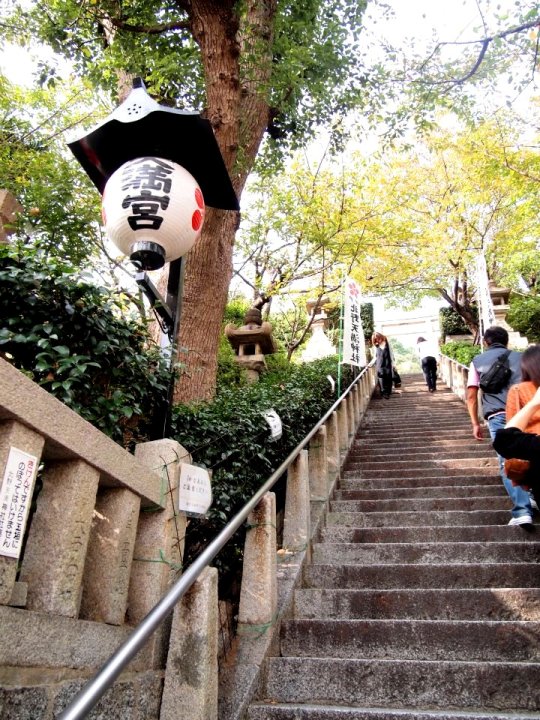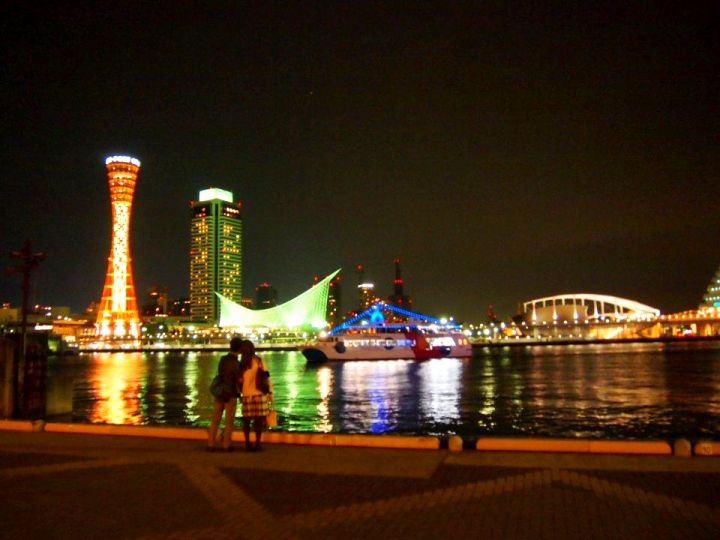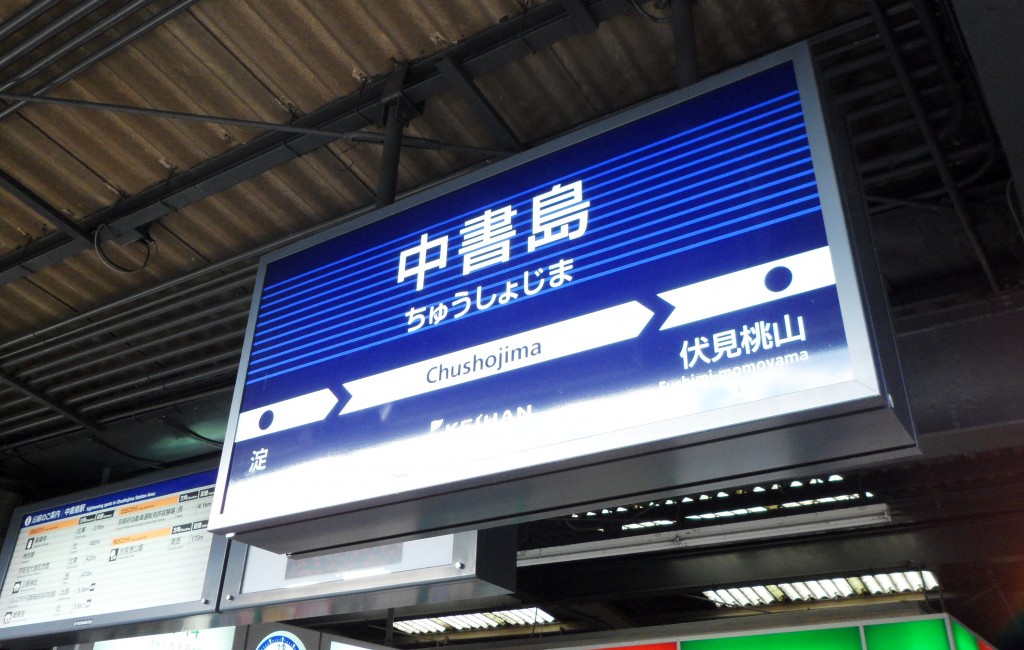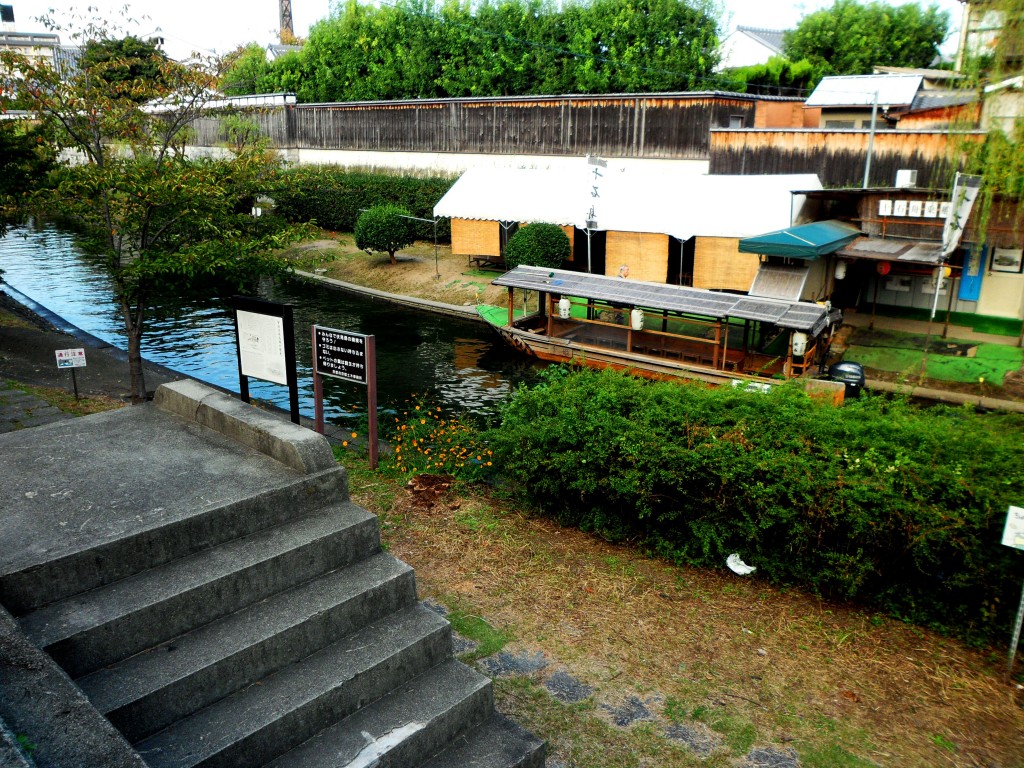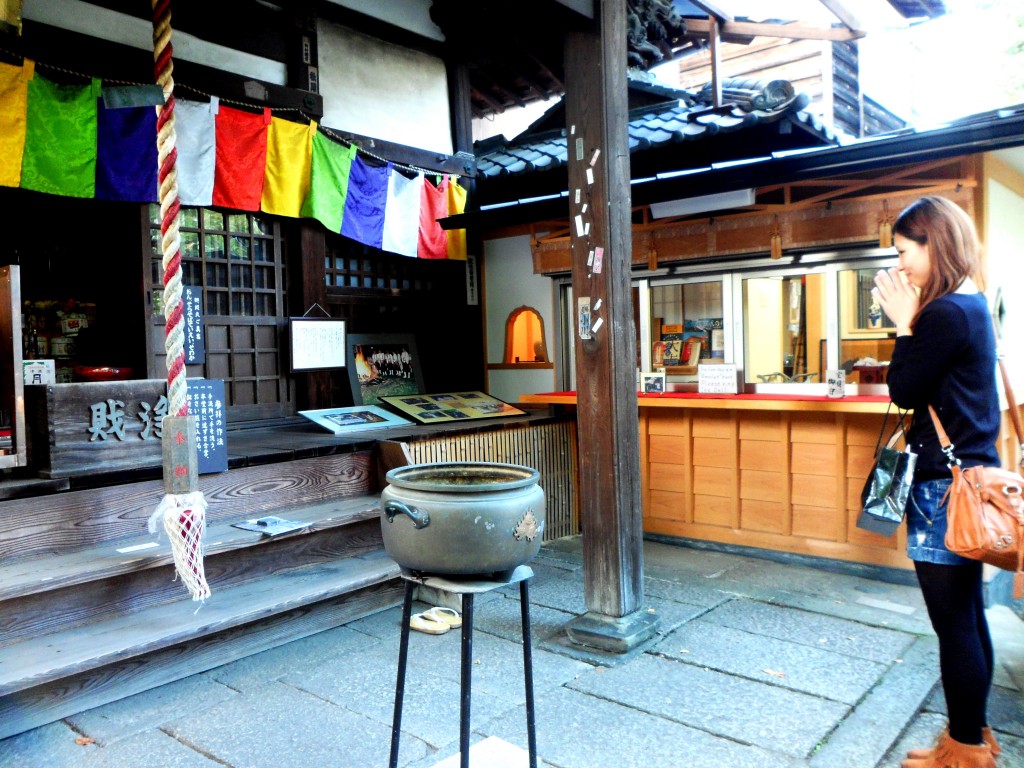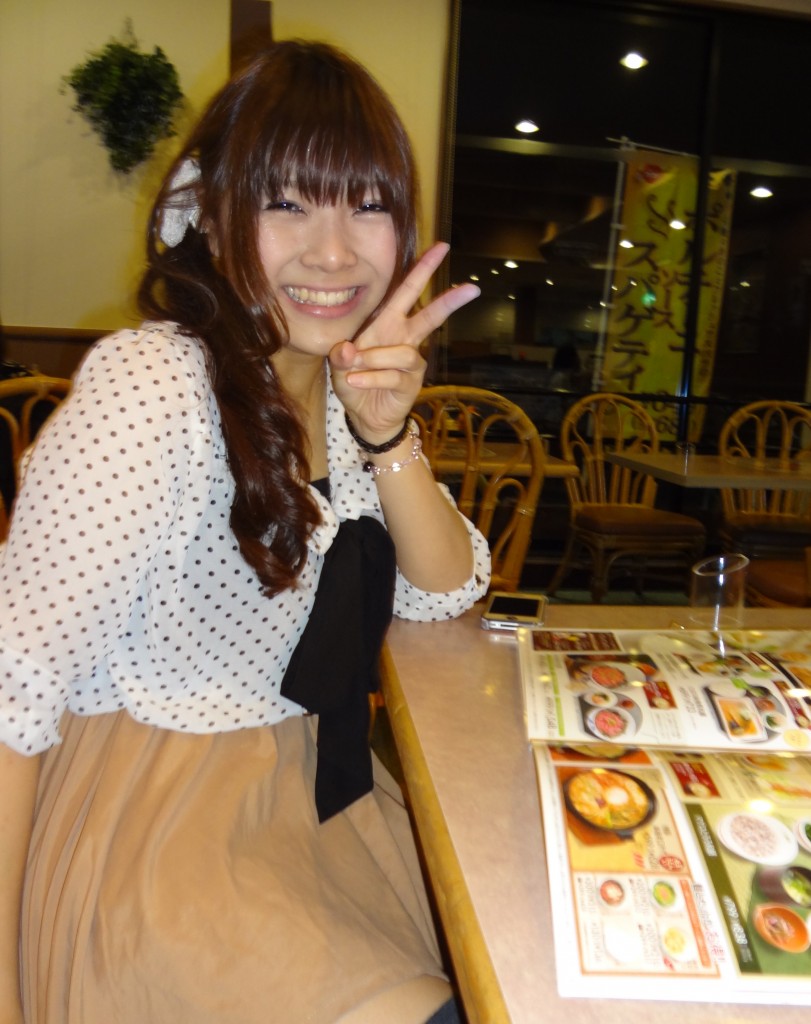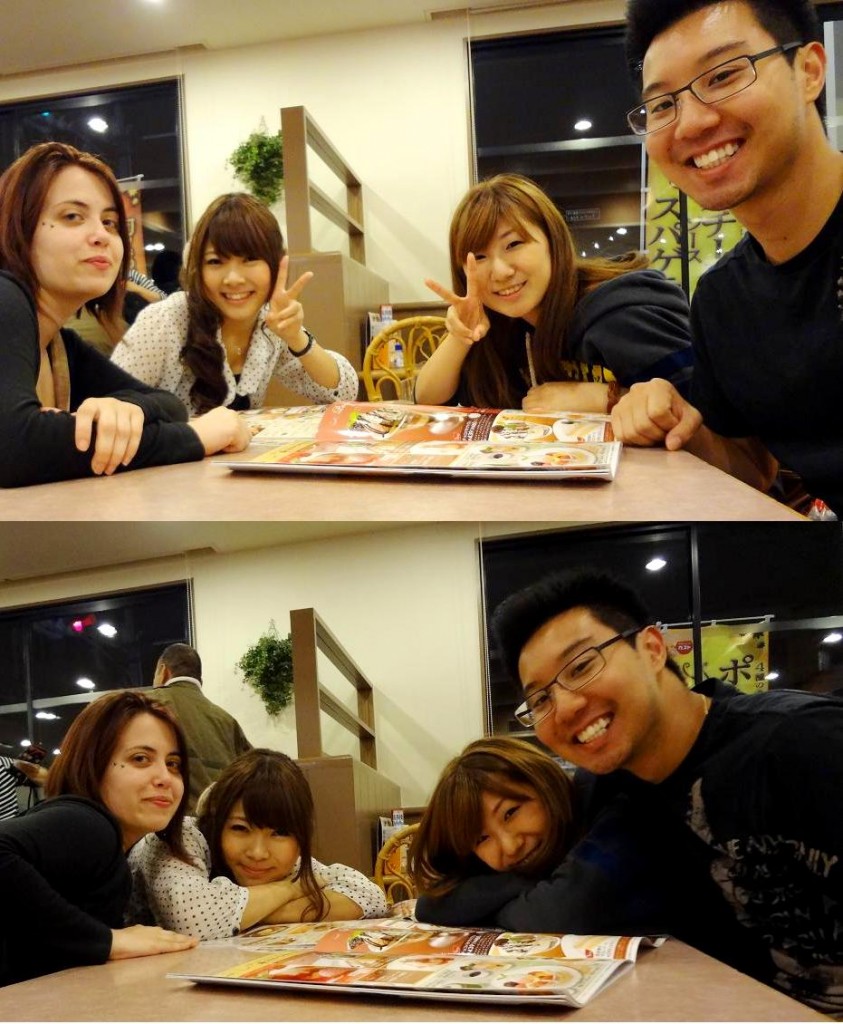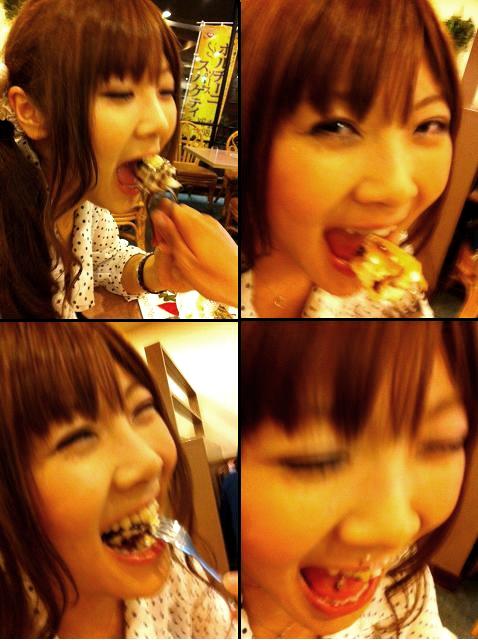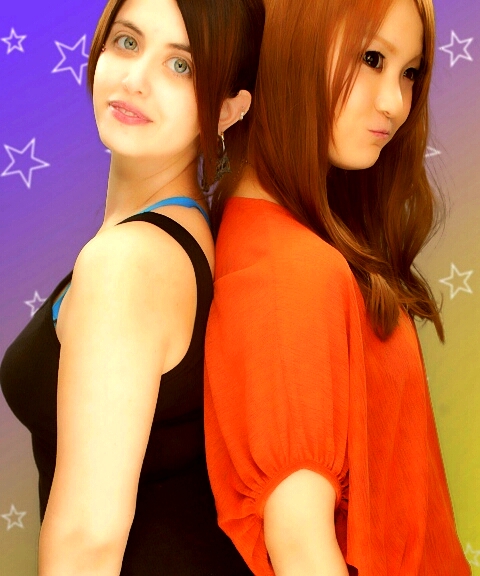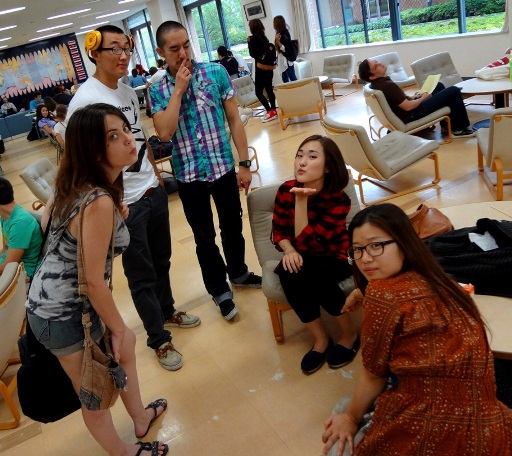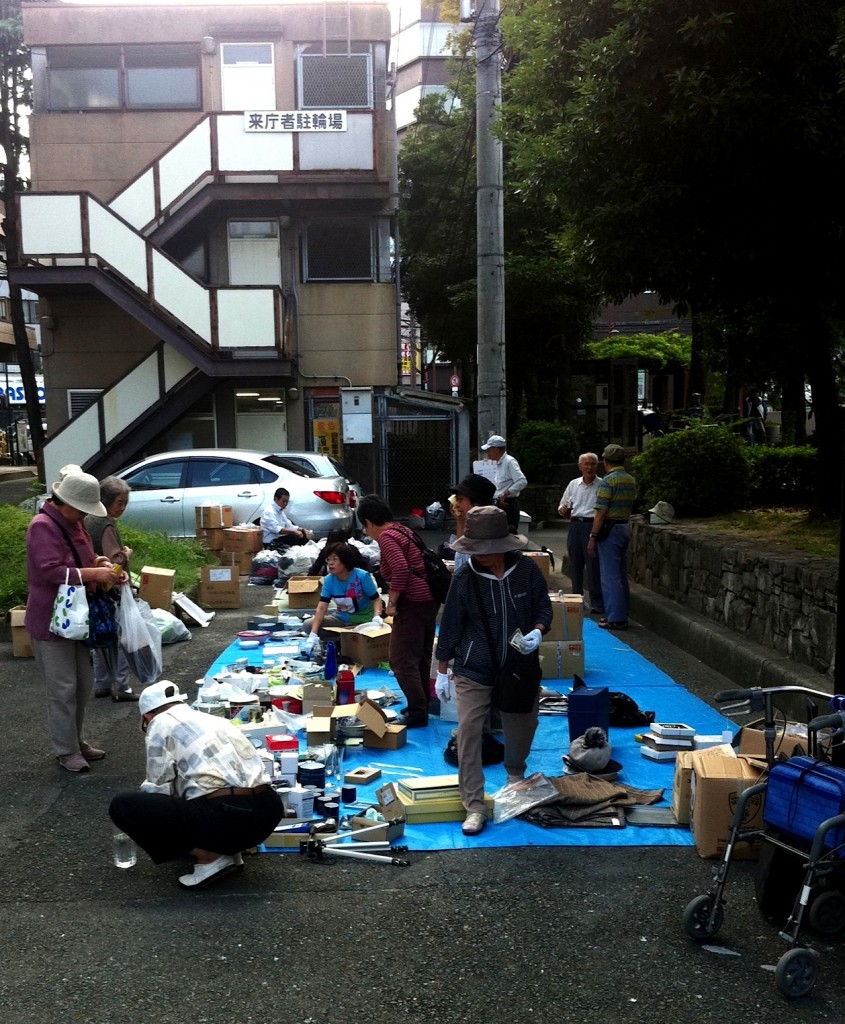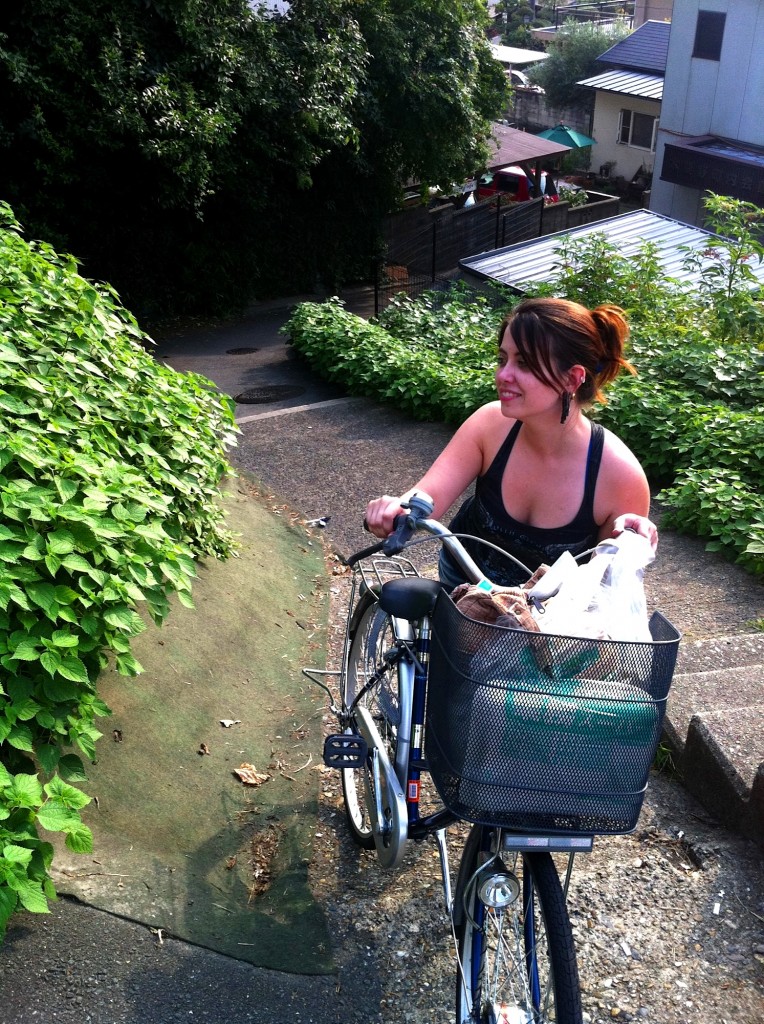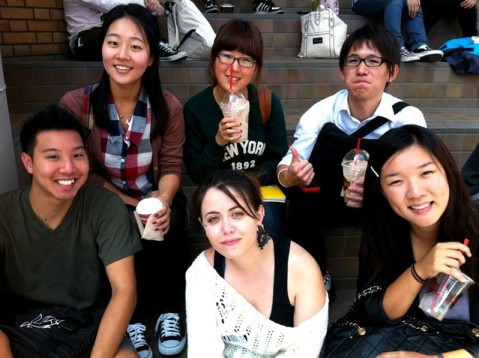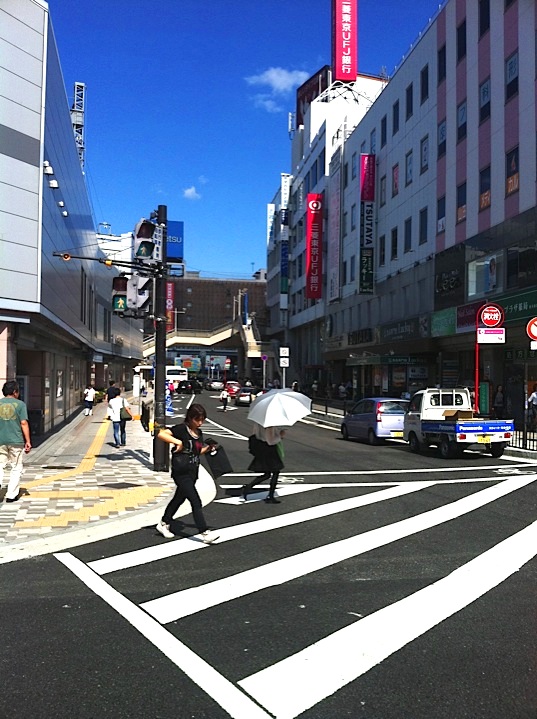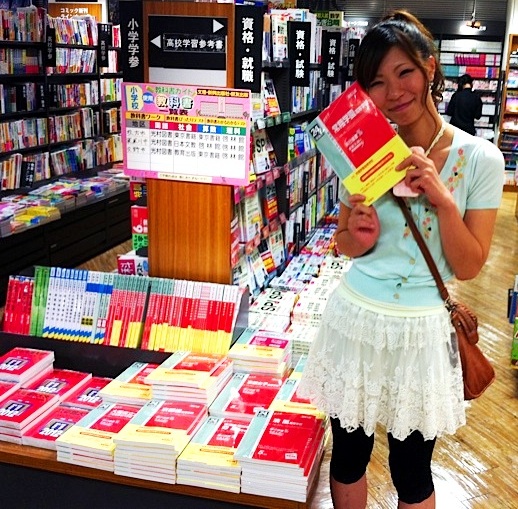I haven’t mentioned it up until this point, but back home in the states, I work for a company that is very closely aligned to Japanese pop culture, music, and fashion; the name of the company is JhouseRock Entertainment (A part of this company or in partnership with this company, I also have worked with House of Anime, Freewill America, and S-inc). So, in an effort to remain privy with ongoings in Japan, I decided I would continue to post some updates about new and relevant information in this field. Now, I no longer live in Japan, I’m getting my information from secondary sources, but I hope you still find my posts interesting and knowledgeable to Japanese media and culture. I have since changed the name of this blog to “Shaylynn went Kansai” to help you understand that everything past my final post, at the end of 2011, is ex post facto of my Japanese Study Abroad experience.
So, let’s begin!
It’s been over a year now since I’ve been back, and I’ve fallen right back into the routine of checking for new updates in Japanese pop culture in regards to popular music trends, fashion, and other forms of media, to keep me up-to-date in what’s popular in Japan. However, because my job is mostly circled around Japanese pop/rock music, I will go ahead and focus this post around popular music as of recent.
I closely follow the Japanese Oricon, Korean Mnet, and Chinese KKbox music charts to stay updated on music of all spectrums, as these charts are the most reliable sources for popular music trends. In Japan, it is common to see cross-overs from Korean or Chinese music as popular in Japan, and that’s why they are included. JpopAsia includes a translated page that shows the top 30 singles from each chart for easier comparison. If you can’t figure out the original pages, this is a great way to keep in the loop without knowing the language (or knowing the languages fluently enough) to browse their pages. You can find a hyperlink to JpopAsia’s charts here.
According to the Oricon Chart, recently, in January and early February, groups such One Ok Rock and Dir en Grey (Japanese Rock Sub-culture groups) were actually making good ranking in the charts, but have since dropped off in mid-February. Despite their drop, I feel it is still somewhat relevant to mention their success since Japanese Rock is often not as prevalent on the charts as much as alternative pop music. One Ok Rock‘s new Album, entitled “Niche Sydrome”, was actually released in June of 2010, but only recently has singles from this album, such as “Kanzen Kankaku Dreamer” (完全感覚Dreamer) and even previously unreleased singles such as ”Deeper Deeper/Nothing Helps” have been gaining momentum on the charts. This should give you some indication as to the slow popularity build of Jrock groups. Harder bands and indie rock bands rarely ever see the charts, groups such as Alice Nine (アリス九號), Merry (メリ), Radwimps, (ラッドウインプス), D’espairs Ray, and Girugamesh (ギルガメッシュ). These groups are primarily the subculture that we, at the company I work and volunteer for, try to promote. Some of these groups are even more popular in America; even while though they have a particularly strong, loyal fan-base in Japan, they are among a minority.
However, we follow and promote more popular groups as well at the company. Not all Japanese either, but popular within the Japanese charts, or that are involved in popular Japanese media.
If you follow the charts, you very well may know that the charts have been receiving a lot of Korean Pop in the ranks. Korean pop has become so pervasive with groups, such as TVXQ (Tong Vfang Xing Qi – 東方神起 – Known as DBSK or Tohoshinki in Japan), Girls’ Generation, Super Junior, and Big Bang regular having hits that find high praise within Japan. In fact, South Korea has been on such a huge pop kick, they’ve actually managed to break into American pop culture with PSY‘s single hit, “Gangnam Style” (강남스타일), featuring HyunA from Korean pop girl group, 4Minute.
What generally tops the Oricon charts, however, are pop groups and idols. New this week, and currently at the top of the charts is KAT-TUN, the equivalent of an American boy band. Many of the pop groups that frequent the board also include stars of popular Japanese television dramas and/or movies or do the music for said shows and/or movies. The same goes for the Korean and Chinese pop groups which are often featured in dramas within their own respective countries in some form or fashion. KAT-TUN‘s most well known member is probably that of Kazuya Kamenashi (亀梨 和也), who has appeared in popular dramas such as Nobuta wa Produce (野ブタ。をプロデュース) and Gokusen (ごくせん). Some of the pop groups that are like KAT-TUN in Japanese pop, that appear frequently in the chart ranks, are AKB48, NEWS, and L’arc en Ciel. In addition to this, many of these groups’ songs are featured in advertisements, trailers, and Japanese Animation (a common television media in Japan). These groups feature so many talented members that they often feature sub-groups (featuring one or more members), alternate groups (featuring different members from various different groups), or solo projects. In addition, we also see Japanese pop idols such as Ayumi Hamasaki (浜崎あゆみ), Namie Amuro (安室 奈美恵) and Utada Hikaru (宇多田 ヒカル) who become well known icons within Japanese pop culture. The aforementioned idols, in particular, do not often star in television, but do music for some of the most popular selling media franchises coming out of Japan; especially Utada, who was the voice behind main themes for the Kingdom Hearts video game series (A popular video game series even among American gamers).
I would like to go more in depth into the Japanese music world, but I feel that this is a fair introduction to trends in Japanese music (and Asian music in general). I hope that you enjoyed this brief introduction, and perhaps in my next post I will include more about Japan’s music trends, or perhaps we can discuss more about the fashion that goes along with these groups.


